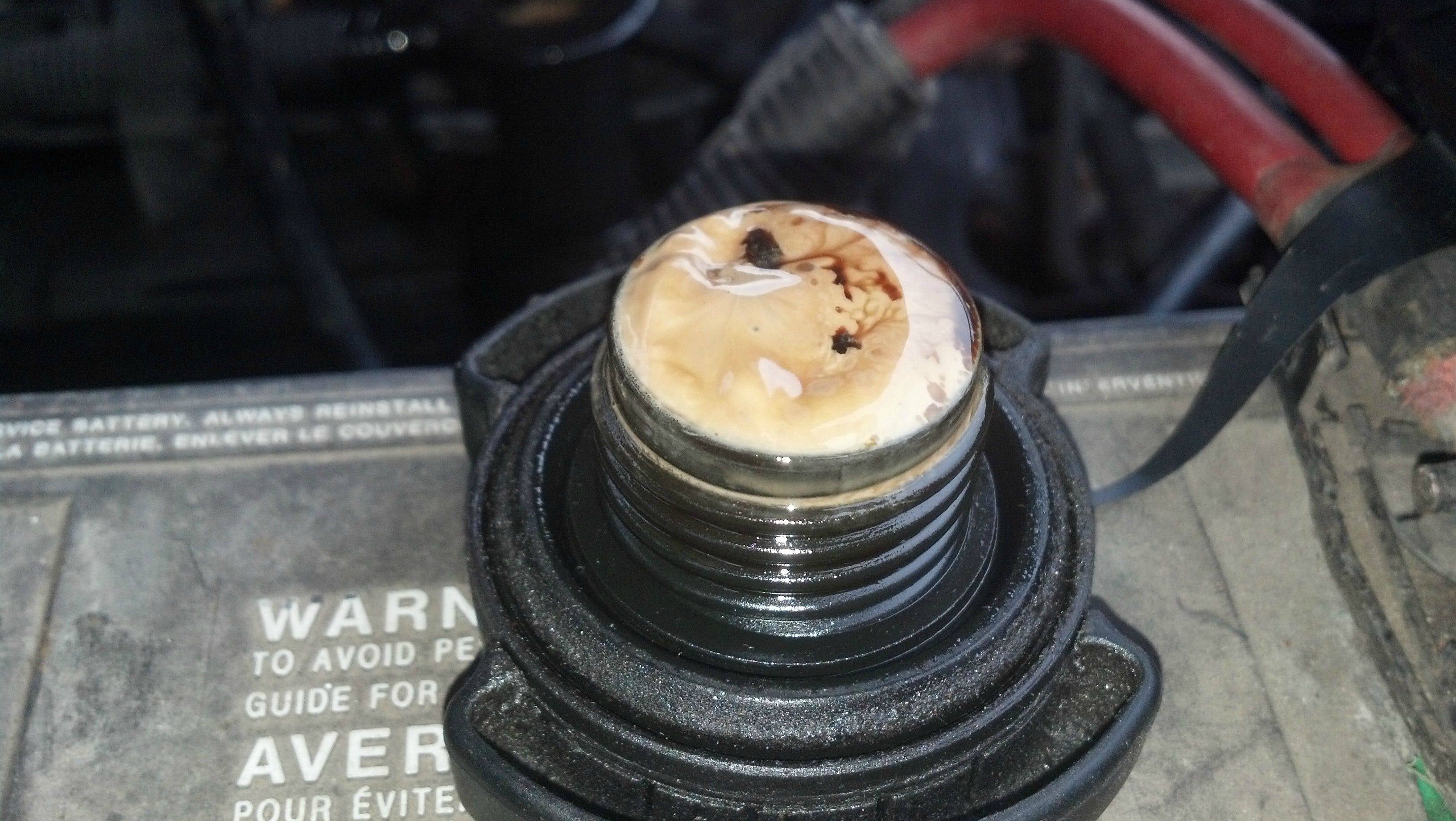 "Full of the sound of the Gran Fury, signifying nothing." (granfury)
"Full of the sound of the Gran Fury, signifying nothing." (granfury)
03/19/2020 at 21:39 ē Filed to: None
 0
0
 7
7
 "Full of the sound of the Gran Fury, signifying nothing." (granfury)
"Full of the sound of the Gran Fury, signifying nothing." (granfury)
03/19/2020 at 21:39 ē Filed to: None |  0 0
|  7 7 |

Iím watching an old episode of Wheeler Dealers where they work on a mid Ď70s 911. The owner of one was telling Mike what to look out for, like if you pull off the oil cap and see white stuff, meaning a blown head gasket. Re ally? I always thought that that white gunk was a mixture of oil and coolant, so heís saying that the mixture of air and oil will make the same mess? Iíve n ever heard that before, although I will admit that I donít have enough experience with air cooled cars to know what the oil looks like when you have a blown head gasket.
 HFV has no HFV. But somehow has 2 motorcycles
> Full of the sound of the Gran Fury, signifying nothing.
HFV has no HFV. But somehow has 2 motorcycles
> Full of the sound of the Gran Fury, signifying nothing.
03/19/2020 at 21:53 |
|
That can happen is you regularly run your car for short periods of time without the engine getting up to temperature . Itís just built up condensation that doesnít get burnt off.
I had a fright with my Galant VR -4 when I have soupy gunk on my oil cap. But I regularly drove it just a mile or two, in the dead of winter like -10 to 10 degrees f ahrenheit. Once I gave it a good long drive properly heat cycle the engine it went away.
So it doesnít always indicate a blown head gasket, you should drain your oil and have a look at it for that. But the mixture of oil and air thing isnít right either.†
 VincentMalamute-Kim
> Full of the sound of the Gran Fury, signifying nothing.
VincentMalamute-Kim
> Full of the sound of the Gran Fury, signifying nothing.
03/19/2020 at 21:54 |
|
F
ailed head gasket allows oil to mix with coolant. Or combustion chamber to mix with coolant.
 Full of the sound of the Gran Fury, signifying nothing.
> VincentMalamute-Kim
Full of the sound of the Gran Fury, signifying nothing.
> VincentMalamute-Kim
03/19/2020 at 22:00 |
|
But on an air-cooled engine?
 VincentMalamute-Kim
> Full of the sound of the Gran Fury, signifying nothing.
VincentMalamute-Kim
> Full of the sound of the Gran Fury, signifying nothing.
03/19/2020 at 22:02 |
|
oops. Got me! Speed reading comprehension fail
...
 wafflesnfalafel
> Full of the sound of the Gran Fury, signifying nothing.
wafflesnfalafel
> Full of the sound of the Gran Fury, signifying nothing.
03/19/2020 at 22:05 |
|
clearly sabotage!† (Never seen that in an aircooled vw... but admit I don;t have any experience in ones that are hardly ever driven.)
 facw
> HFV has no HFV. But somehow has 2 motorcycles
facw
> HFV has no HFV. But somehow has 2 motorcycles
03/19/2020 at 22:35 |
|
Yeah, itís not a good thing regardless, but you definitely can get water in the oil without coolant.
 Dogsatemypants
> Full of the sound of the Gran Fury, signifying nothing.
Dogsatemypants
> Full of the sound of the Gran Fury, signifying nothing.
03/19/2020 at 23:06 |
|
It can also be a sign of a blocked pcv or a dri ver not letting the vehicle cycle to operating temp to burn off moisture .